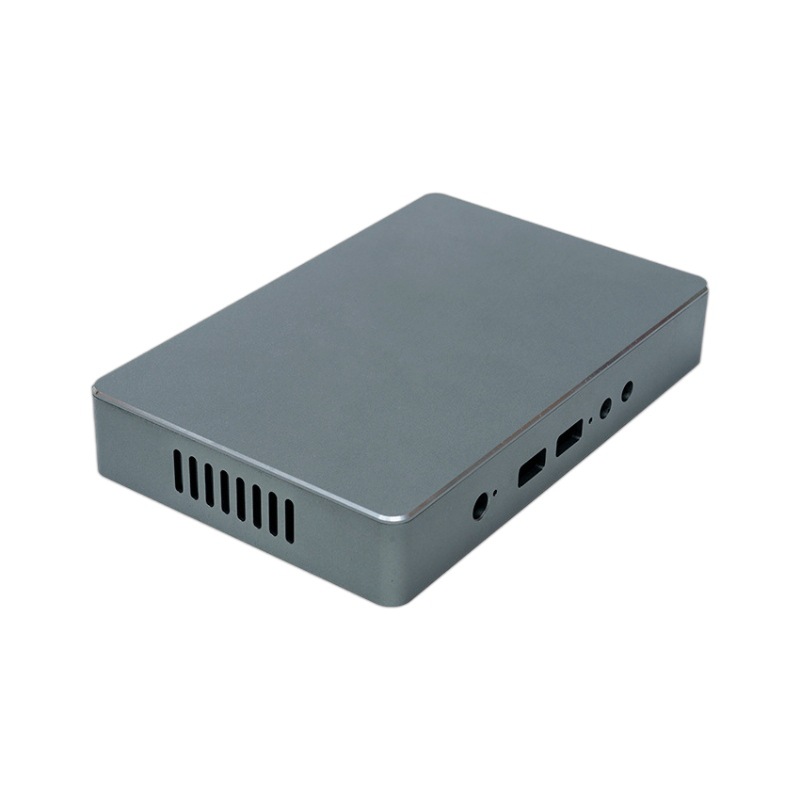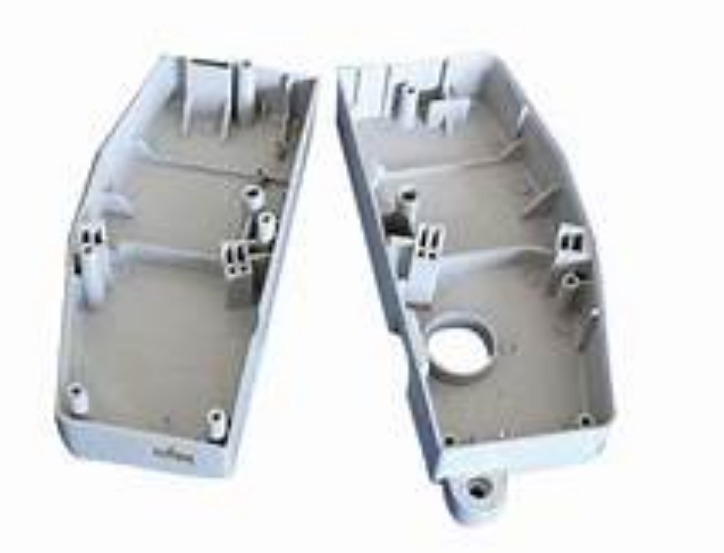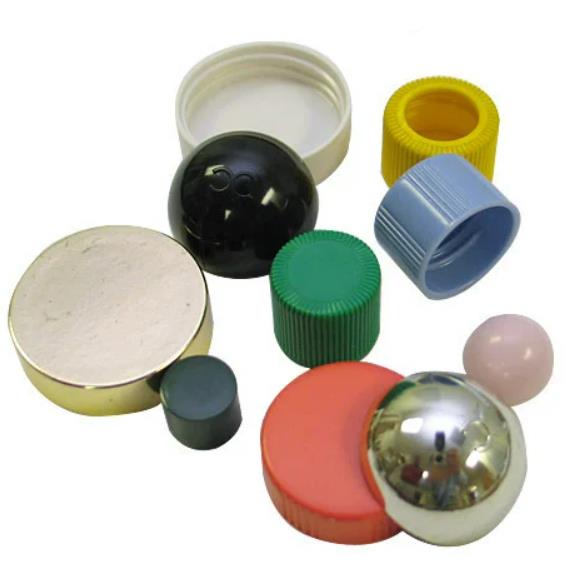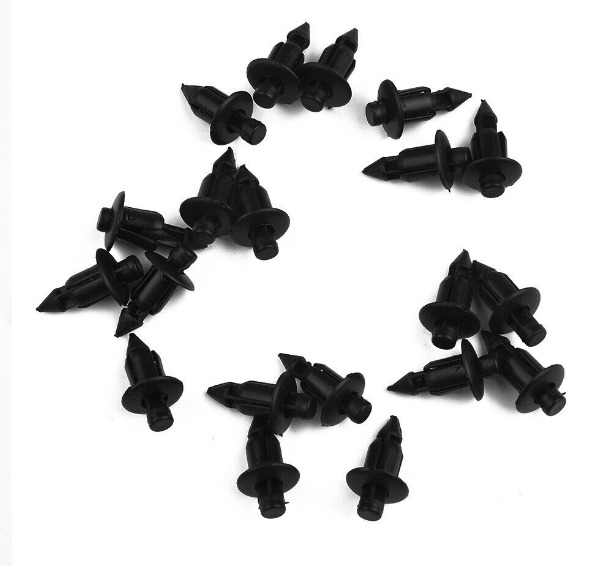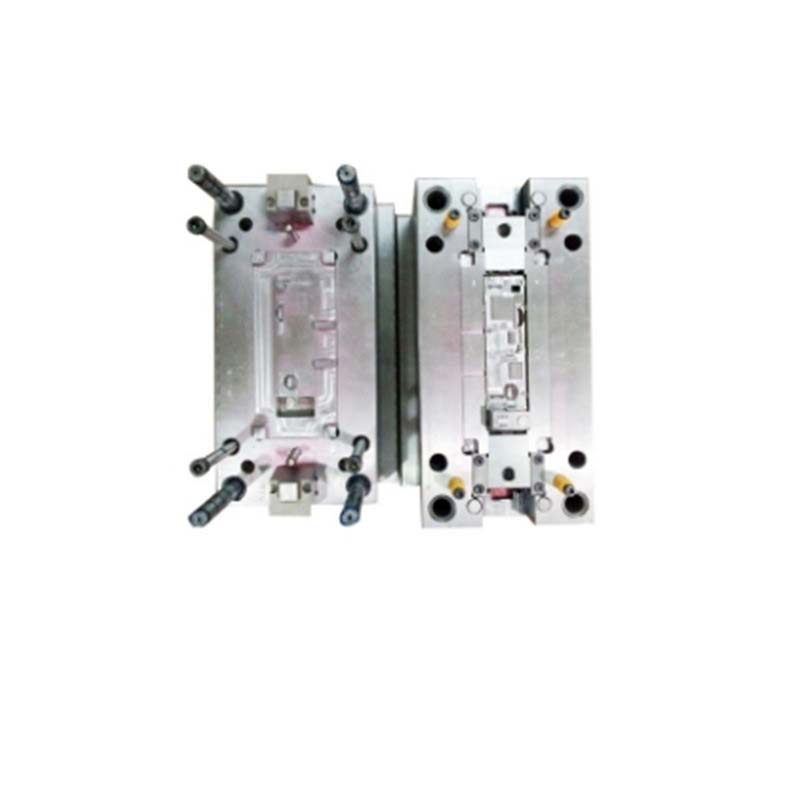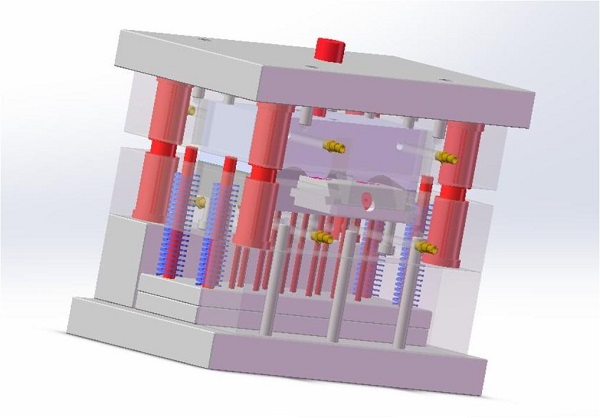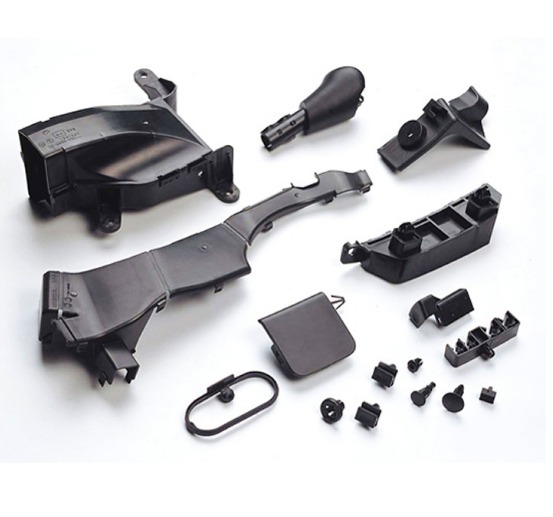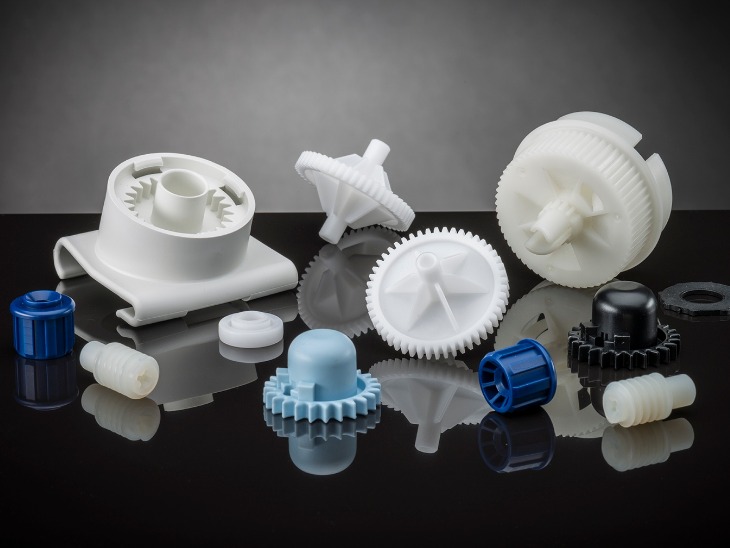Introduction
In the vast landscape of modern manufacturing, plastic mold makers stand as the unsung heroes, playing a pivotal role that touches nearly every aspect of our daily lives. These specialized manufacturers are the masterminds behind the creation of molds, which serve as the essential tools for shaping plastic into an endless variety of products. From the tiniest components in our electronic devices to the large, complex parts in automobiles, plastic mold makers are responsible for bringing countless ideas from the drawing board to physical reality.
The importance of plastic mold makers cannot be overstated. In an era where mass production, product innovation, and cost - effectiveness are crucial for businesses to thrive, plastic mold makers are the driving force that enables companies to meet these demands. They are at the forefront of the manufacturing process, working closely with designers, engineers, and product developers to ensure that the final plastic products not only meet the required specifications but also exceed consumer expectations.
This article aims to take you on an in - depth journey into the world of plastic mold makers. Yigu Technology will explore the intricate processes they employ, the advanced technologies they utilize, and the challenges they face. By the end, you will have a comprehensive understanding of how plastic mold makers are crafting the future, one molding at a time.
The Basics of Plastic Molding
What is Plastic Molding?
Plastic molding is the manufacturing process of transforming raw plastic materials into finished products of various shapes and sizes. This is achieved by heating the plastic until it reaches a malleable state and then forcing it into a mold cavity. Once the plastic has cooled and solidified within the mold, it takes on the precise shape of the mold's interior, resulting in a final product that can range from simple, everyday items to highly complex industrial components. This process is fundamental to the production of countless plastic - based products that we use in our daily lives, from disposable cutlery to the intricate parts inside our smartphones.
Key Types of Plastic Molding Processes
There are several key types of plastic molding processes, each with its own unique characteristics, advantages, and applications. Here are some of the most common ones:
| Molding Process | Process Description | Suitable Products | Cost | Precision |
| Injection Molding | Melts plastic pellets and injects the molten plastic into a closed mold cavity under high pressure. After cooling and solidifying, the mold opens, and the finished part is ejected. | High - volume production of complex - shaped parts such as automotive interior components, electronic device housings, and toy parts. | High initial investment in equipment and mold manufacturing, but low per - unit cost for high - volume production. | High precision, capable of achieving tight tolerances. |
| Blow Molding | Involves creating a hollow plastic part by inflating a heated plastic tube (parison) inside a mold cavity using compressed air. The plastic expands to conform to the shape of the mold. | Hollow products like plastic bottles, containers, and automotive fuel tanks. | Moderate equipment cost, relatively lower mold cost compared to injection molding. | Moderate precision, with some variation in wall thickness possible. |
| Compression Molding | Places pre - measured amounts of raw plastic material, either in a powdered or pre - formed shape, into a heated mold. The mold is then closed, applying pressure to compress and shape the plastic. The plastic cures and hardens in the mold. | Large, flat or moderately curved parts, such as electrical switch plates, some types of kitchenware, and certain automotive body panels. | Lower mold cost compared to injection molding, but longer cycle times. | Moderate precision, suitable for products where high - tolerance is not critical. |
| Rotational Molding | Rotates a mold filled with powdered or liquid plastic in an oven. As the mold rotates, the plastic evenly coats the inner surface of the mold due to gravity and heat. Once cooled, a hollow, seamless product is formed. | Large, hollow products such as playground equipment, large storage tanks, and kayaks. | Low mold cost, but relatively slow production process. | Low to moderate precision, with a focus on large - scale, non - precision parts. |
These different molding processes provide plastic mold makers with the flexibility to produce a wide range of products, each tailored to specific design, cost, and production volume requirements.
The Tools and Technologies Behind Exceptional Molding
Advanced Machinery and Equipment
Plastic mold making has evolved significantly with the advent of advanced machinery and equipment. High - precision injection molding machines are at the forefront of this technological revolution. These machines are capable of injecting molten plastic into molds with extreme accuracy. For Yigu Technology example, modern injection molding machines can control the injection pressure within a tolerance of ±0.5 MPa, ensuring consistent product quality. They also have the ability to achieve very high injection speeds, sometimes reaching up to 1000 mm/s. This high - speed injection is crucial for producing thin - walled products such as plastic containers for the food and beverage industry, where production efficiency is key.
CNC (Computer Numerical Control) machining centers are another essential tool in the arsenal of plastic mold makers. These centers use computer - controlled operations to precisely mill, drill, and cut mold components. With a positioning accuracy of up to ±0.001 mm, CNC machining centers can create intricate mold cavities and cores with complex geometries. This high level of precision is vital for manufacturing molds that produce components for industries like aerospace and medical devices, where even the slightest deviation from the design specifications can have significant consequences.
Materials and Their Impact on Molding
The choice of plastic materials plays a fundamental role in the molding process and the final product's performance. Different plastic materials have distinct characteristics that influence everything from the ease of molding to the durability of the finished product.
Polypropylene (PP), for instance, is a popular choice due to its relatively low cost, high chemical resistance, and good heat resistance up to around 100 - 120°C. It has a density of about 0.9 - 0.91 g/cm³ and a high degree of crystallinity, which gives it good stiffness. In injection molding, PP's high flowability allows it to fill mold cavities quickly, making it suitable for high - volume production of products like plastic buckets, storage containers, and automotive interior parts. However, its relatively high shrinkage rate of 1.0 - 2.5% during cooling can pose challenges in maintaining tight dimensional tolerances, so mold designers must account for this during the design phase.
Polycarbonate (PC) is another widely used engineering plastic. It offers excellent impact resistance, high transparency (similar to glass in some cases), and a high heat - deflection temperature, typically around 130 - 140°C. These properties make PC ideal for applications such as automotive headlights, safety goggles, and electronic device housings. PC has a density of approximately 1.2 g/cm³ and is an amorphous plastic, which means it has a more uniform structure compared to crystalline plastics like PP. This amorphous nature gives PC better dimensional stability during molding, but it also requires higher processing temperatures (usually in the range of 280 - 320°C), which can increase energy consumption and processing complexity.
The Yigu Technology table below summarizes some key properties of common plastic materials:
| Plastic Material | Density (g/cm³) | Heat Resistance (°C) | Impact Resistance | Chemical Resistance | Application Examples |
| Polypropylene (PP) | 0.9 - 0.91 | 100 - 120 | Moderate | Good | Plastic buckets, automotive interior parts |
| Polycarbonate (PC) | 1.2 | 130 - 140 | High | Fair | Automotive headlights, safety goggles |
| Acrylonitrile Butadiene Styrene (ABS) | 1.05 | 80 - 105 | High | Good | Electronic device housings, toys |
| Polyethylene (PE) | 0.94 - 0.96 (HDPE), 0.91 - 0.94 (LDPE) | 80 - 110 (HDPE), 60 - 80 (LDPE) | High (LDPE), Moderate (HDPE) | Excellent | Packaging films, pipes (HDPE), plastic bags (LDPE) |
Conclusion
Yigu Technology Plastic mold makers are the architects of the modern manufacturing world, shaping the products that have become an integral part of our daily lives. Their work, from the initial design concept to the final molded product, is a complex and highly skilled process that requires a deep understanding of materials, machinery, and manufacturing techniques.
The various molding processes, such as injection, blow, compression, and rotational molding, offer plastic mold makers the versatility to produce an extensive range of products, each tailored to the specific requirements of different industries. The use of advanced machinery like high - precision injection molding machines and CNC machining centers, along with a careful selection of plastic materials, ensures that the molds produced are of the highest quality, capable of meeting the stringent demands of industries such as automotive, aerospace, medical, and electronics.
However, the world of plastic mold making is not without its challenges. The industry is constantly evolving, driven by technological advancements, changing consumer demands, and environmental concerns. To stay competitive, plastic mold makers must continuously invest in research and development, adopt new technologies, and explore innovative materials. They also need to find ways to make their manufacturing processes more sustainable, perhaps by using recycled plastics or more energy - efficient molding techniques.
In Yigu Technology conclusion, plastic mold makers are not just manufacturers; they are innovators and problem - solvers. As they continue to face the challenges of the future, their ability to adapt, innovate, and collaborate will be crucial in determining their success. By staying at the forefront of technology and maintaining a focus on quality and customer satisfaction, plastic mold makers will undoubtedly continue to play a vital role in crafting the future, one molding at a time.
FAQ
1. What is the most suitable plastic molding process for small - scale production?
Compression molding is often a good choice for small - scale production. It has a relatively lower mold cost compared to injection molding, and while the cycle times may be longer, it can be more cost - effective when producing smaller quantities. Also, rotational molding can be suitable for certain types of small - scale, hollow product manufacturing due to its low mold cost.
2. How can plastic mold makers ensure the quality of the final molded products?
Plastic mold makers can ensure quality by using high - precision machinery and equipment to create accurate molds. They must also carefully select the appropriate plastic materials based on the product's requirements. Quality control measures during the molding process, such as monitoring temperature, pressure, and injection speed, are essential. Regular inspection and testing of the final products for dimensional accuracy, mechanical properties, and appearance are also crucial steps.
3. What are the emerging trends in the plastic mold making industry?
Emerging trends include the increasing use of digital technologies such as 3D printing for rapid prototyping and mold manufacturing, the integration of artificial intelligence and the Internet of Things (IoT) for smart manufacturing and real - time monitoring of the molding process, and a greater focus on sustainable manufacturing, including the use of biodegradable plastics and energy - efficient molding techniques.

